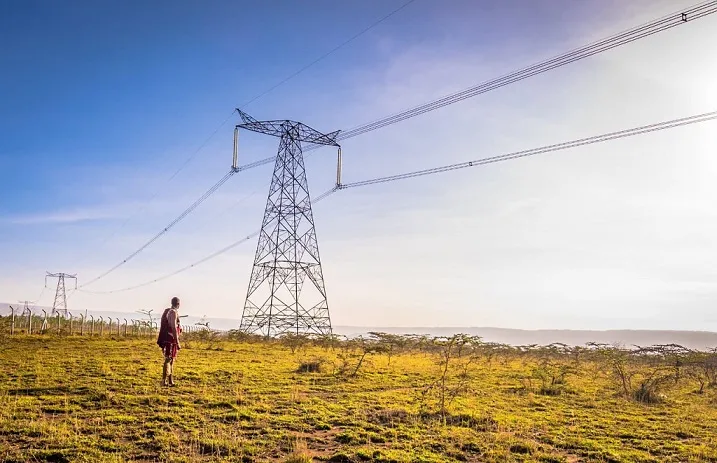The government has unveiled an ambitious plan to connect over one million Kenyans to electricity within the next two years, reviving momentum in the Last Mile Connectivity Project that began in 2015.
President William Ruto announced that 1,180,000 new connections will be made under the programme, which is being implemented by Kenya Power (KPLC) and the Rural Electrification and Renewable Energy Commission (REREC). Over the past three years, the initiative has already achieved 1,301,938 new connections, marking steady progress in expanding access to power.
“Every household will get electricity for free. Whether you live in a mud house, a permanent home, or an iron-sheet house, you will connect electricity to your house for free. All you will do is pay your monthly bill,” President Ruto assured.
The programme is financed by the government in partnership with development partners, including the African Development Bank (AfDB) and the World Bank. Each household pays Ksh15,000 for the connection, but this fee does not need to be paid upfront. Instead, households are connected immediately, and 50 percent of every token purchase is deducted to settle the loan.
According to KPLC Managing Director Joseph Siror, the project has had a transformative impact on rural communities. “At first, it may seem unnecessary to connect remote or sparsely populated villages, but within three to four years, you can see visible growth and development,” he noted, describing it as a “seed investment for the future.”
Under Phase VI of the project, funded by the AfDB, approximately 150,001 new connections will be made across 45 counties (excluding Nairobi and Mombasa). The plan includes the construction of 13 substations, 2,871 km of 33 kV lines, and 6,798 km of distribution lines to strengthen the grid and meet growing electricity demand.
The initiative aims to improve living standards, spur economic growth, and empower micro and small enterprises in rural areas, underscoring the government’s commitment to universal access to electricity.

